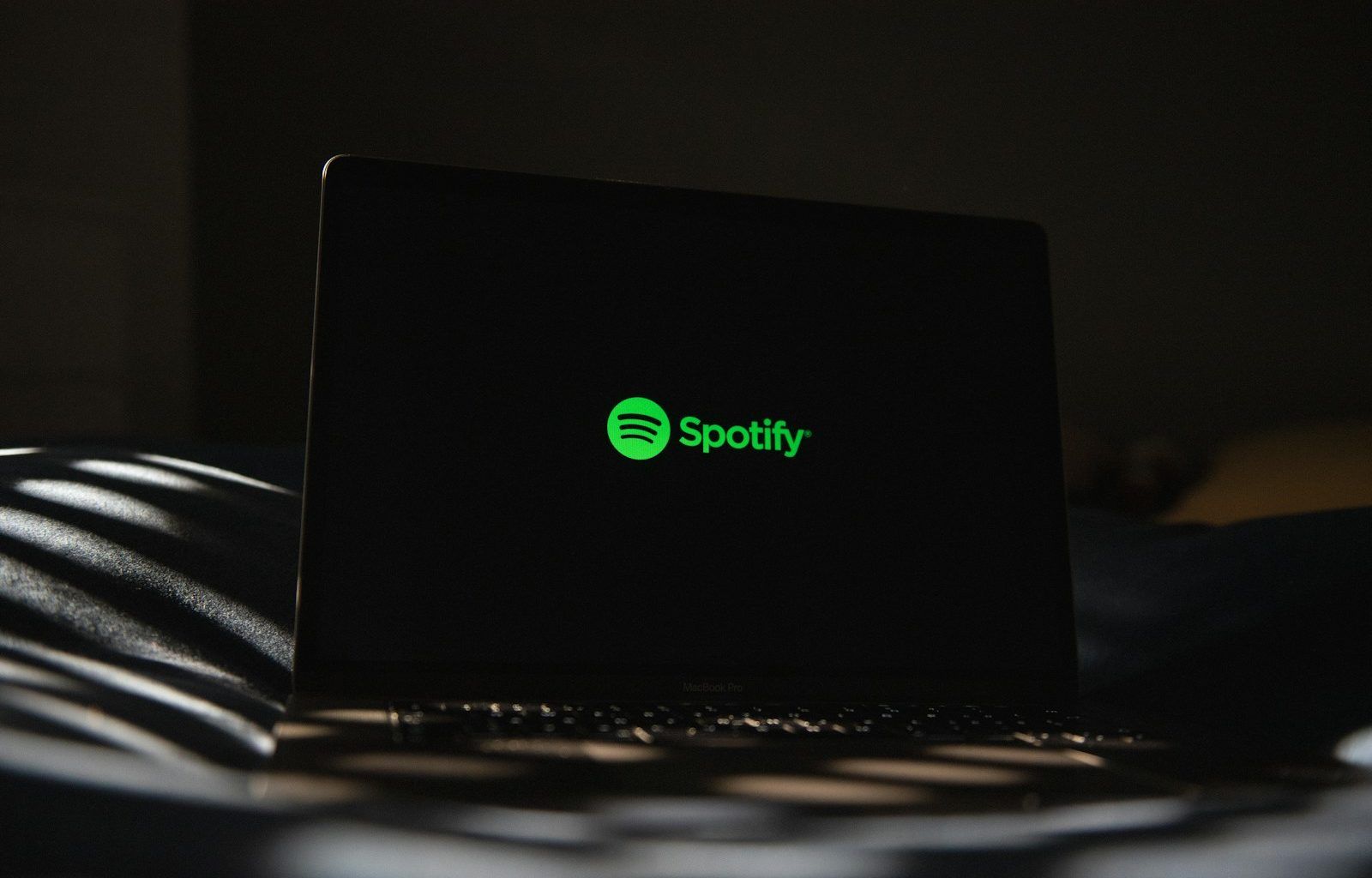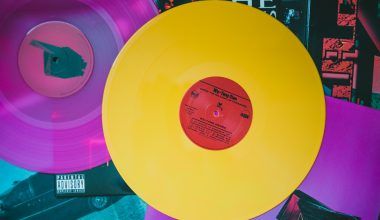In today’s digital world, getting your music heard is easier than ever. Platforms like Spotify have revolutionized the way artists connect with listeners. But knowing how to upload your music on Spotify and other platforms can seem overwhelming at first. Don’t worry—we’ll guide you step-by-step through the process.
Why You Should Upload Your Music on Spotify
Spotify is one of the biggest music streaming platforms, boasting millions of users worldwide. As an artist, this gives you a massive opportunity to reach a global audience. Plus, Spotify provides tools like Spotify for Artists, which helps you track your streams, understand your audience, and even pitch songs for playlists. But Spotify isn’t the only platform out there. Distributing your music across multiple platforms can help you maximize your reach and build a stronger fan base.
Preparing Your Music for Upload
Before you upload your music on Spotify or any other platform, you need to make sure your tracks are ready. Here’s what you’ll need:
- High-Quality Audio Files: Use formats like WAV or FLAC for the best quality. Avoid MP3s as they often lose audio quality.
- Cover Art: This is the visual representation of your music. Make sure it’s eye-catching and meets the platforms’ requirements (usually 3000×3000 pixels).
- Metadata: Include the song title, artist name, album name, and other details. Correct metadata ensures your music appears accurately in searches.
- Copyright and Licensing: Ensure you own the rights to your music or have the necessary permissions to distribute it.
Choosing a Music Distributor
You can’t directly upload your music on Spotify unless you’re a label. This is where music distributors come in. They act as intermediaries, helping you get your music onto Spotify and other platforms like Apple Music, Amazon Music, and Deezer.
Popular distributors include:
- DistroKid: Affordable and easy to use.
- TuneCore: Offers comprehensive artist support.
- CD Baby: Known for artist-friendly terms.
- Amuse: Free option for indie artists.
Each distributor has its pros and cons, so choose one that fits your needs.
Step-by-Step Guide to Upload Your Music on Spotify
- Sign Up with a Distributor: Create an account on your chosen platform.
- Upload Your Tracks: Add your high-quality audio files and cover art.
- Fill in Metadata: Include details like genre, release date, and collaborators.
- Choose Platforms: Most distributors let you select where your music will appear. Make sure Spotify is checked, and consider adding other platforms to broaden your reach.
- Set a Release Date: Give yourself enough time (at least two weeks) to promote your release before it goes live.
- Submit for Approval: The distributor will review your submission and send it to Spotify and other platforms.
Promoting Your Music After Uploading
Once your music is live, the real work begins. Here’s how you can boost your visibility:
1. Leverage Spotify for Artists
Claim your Spotify for Artists profile and personalize it. Add a bio, profile picture, and links to your social media. Use the analytics to understand your audience and pitch your tracks for Spotify’s playlists.
Social media platforms like Instagram, Twitter, and TikTok are powerful tools for promoting your music. Share snippets, behind-the-scenes content, and release announcements to build excitement.
3. Collaborate with Other Artists
Working with other artists can expose your music to their audience. Consider collaborations, remixes, or featuring on each other’s tracks.
4. Engage with Your Fans
Respond to comments, create Q&A sessions, or host live streams. Building a personal connection with your fans can help you grow a loyal audience.
Expanding Beyond Spotify
While Spotify is a major player, don’t limit yourself. Platforms like Apple Music, YouTube Music, and Amazon Music also have large user bases. Additionally, upload your music on platforms like SoundCloud and Bandcamp to connect with niche audiences.
Monetizing Your Music
Streaming platforms pay artists per stream, but the rates can vary. To maximize your earnings:
- Focus on growing your listener base.
- Encourage fans to purchase your music on platforms like Bandcamp.
- Explore licensing opportunities for film, TV, and commercials.
- Sell merchandise and offer live performances.
Common Challenges and How to Overcome Them
1. Low Visibility
New artists often struggle to get noticed. To combat this, focus on consistent promotion and high-quality content.
2. Technical Issues
Make sure your audio files and metadata meet the platform’s requirements to avoid delays.
3. Earnings
Streaming payouts can be low, especially for emerging artists. Diversify your income streams by selling physical copies, offering online concerts, and creating exclusive content for platforms like Patreon.
Final Thoughts
Uploading your music on Spotify and other platforms is a crucial step in sharing your art with the world. By preparing your tracks, choosing the right distributor, and promoting your music effectively, you can reach new listeners and grow your career. Remember, consistency and connection are key. Keep creating, sharing, and engaging with your audience, and you’ll see the results over time.
Related Articles:
For further reading, explore these related articles:
- How to Cancel SoundCloud Go: A Step-by-Step Guide
- Apple Music Stats Tracker: Why You Need One and How to Get Started
For additional resources on music marketing and distribution, visit DMT Records Private Limited.






